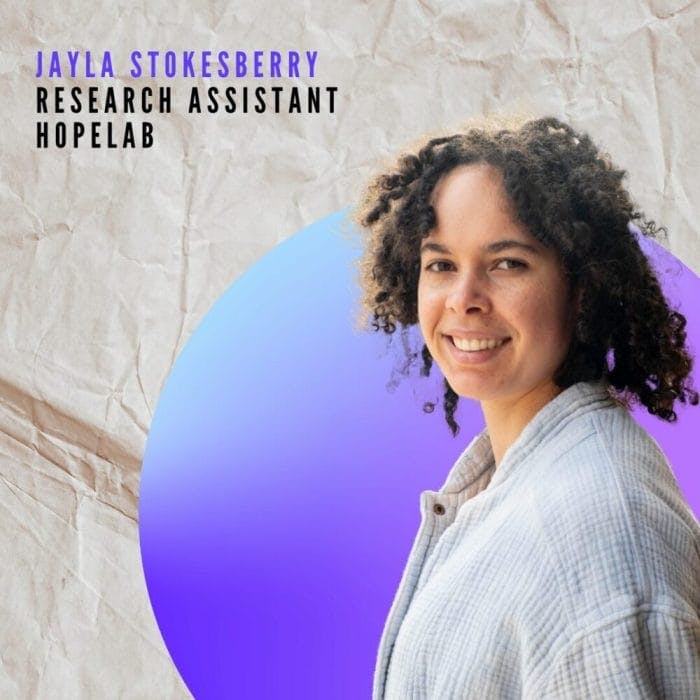Over the last several years, there has been an increase in bills filed at the state and federal levels seeking to ban or establish age limits on social media usage. The Kids Online Safety Act (KOSA) was introduced in 2023 and is the most talked about federal legislation. Recent changes shifting enforcement of KOSA to the Federal Trade Commission have sparked an uptick in debates about the policy, which aims to regulate social media use by requiring tech companies to prevent their products from exposing children to content that could lead to mental illness, bullying, sexual harm, and other dangers.
Politicians across parties, tech company executives, and activists have weighed in on KOSA. Yet, the legislation is still out of touch with the experiences of the young people it aims to protect. Gen Z is the generation most familiar with navigating social media and should have a prominent role in the intergenerational co-creation of these and other policies that will impact them.
Supported by research: Gen Z use social media for connection, advice, and peer support
Sensational headlines often overshadow the benefits of social media. While the adverse effects must be considered, understanding how adolescents use social media as a support system is essential. A survey by the Pew Research Center found that the majority of teens find connection, creativity, and support on social media. In some cases, marginalized youth place an increased importance on social media. For example, one study found that LGBTQ+ youth use social media to establish support systems, receive advice, and help one another through struggles. Another study from The Trevor Project found that feeling safe and understood in at least one online space was linked with decreased suicide risk and reduced anxiety symptoms for LGBTQ+ youth.

Asian teenage girl having video call with teacher for home schooling using laptop
KOSA incentivizes tech companies to implement restrictive limitations on social media to avoid heavy penalties, but in doing so, it would prevent youth from accessing the resources they rely on. A 2020 study interviewed trans and gender-diverse youth on the impact of safe spaces on the internet and social media. A trans woman spoke about how Tumblr helped her find belonging, “In my everyday life, I am the ‘other’… On Tumblr, though, I feel normal. I’m surrounded by other people like me… Now we have a place where we can feel like the world DOES want us. When somebody is dealing with difficult things (e.g., queer identity, mental illness, suicidal tendencies, drug/alcohol abuse), the community comes to them and supports them.” For this young person, talking about challenging subjects like substance abuse and suicide on social media was a key source of support that was not available in real life. Under KOSA, these types of heavy topics may be deemed inappropriate for children and censored, but censorship would cut this young person and others off from their sole support system. In crafting solutions, we need to consider the benefits that social media brings to youth and incorporate their lived experience into policy proposals.
Work with us, for us: the role intergenerational and cross-sector collaboration plays in policy change
Everyone has a role in developing safe social media practices instead of banning it or displaying intolerance. Mental health experts can bring an informed perspective on environments that promote well-being. Older generations can use their connections to distribute knowledge and have conversations with fellow parents, teachers, and community members about effective ways to guide youth toward safe social media use. We should also start a dialogue with Generation Alpha on their needs and uses of digital spaces so we can help them achieve their goals while giving them the tools to avoid dangerous situations. In a convening hosted by Hopelab and the Arthur M. Blank Family Foundation, young leaders emphasized the importance of including youth voices in intergenerational collaboration. “It’s important to bring young people to the space and not have this idea of, ‘oh, I’m speaking on behalf of all youth,’ said Ashley Monterrosa, convening attendee and youth advocate at California Children’s Trust. “Because at that point, you don’t understand what the experiences our young people are facing.”
Education is key: social media literacy will maximize the benefits and minimize the harms
Education and awareness are the best defense for young social media users. Learning how to use social media in a way that brings benefits and avoids harm will give young people the tools to take control of their own experiences. Schools should incorporate a curriculum on safe and positive social media use, and information on how to identify signs of risky social media use should be distributed to families and community leaders. In the 2023 health advisory on adolescent social media use, the American Psychological Association recommended training adolescents in social media literacy on topics such as signs of unhealthy social media use, building healthy and nourishing relationships, avoiding social comparisons, and more. In addition, tech companies should design platforms to include well-being education and support positive social media practices, allowing users of their products to maximize the benefits and minimize the potential harms.

Close up of at cute African-American girl holding smartphone while lying on floor in cozy home interior
Social media is embedded in young people’s lifestyles. Trying to fight this reality by implementing bans and restrictions deprives young people of important resources. Instead, we should work with young people to promote preventative behaviors rooted in informed choices, highlight and uplift the positive experiences that social media can bring to our world, and ensure that policy solutions are co-created and informed by their lived experiences.





